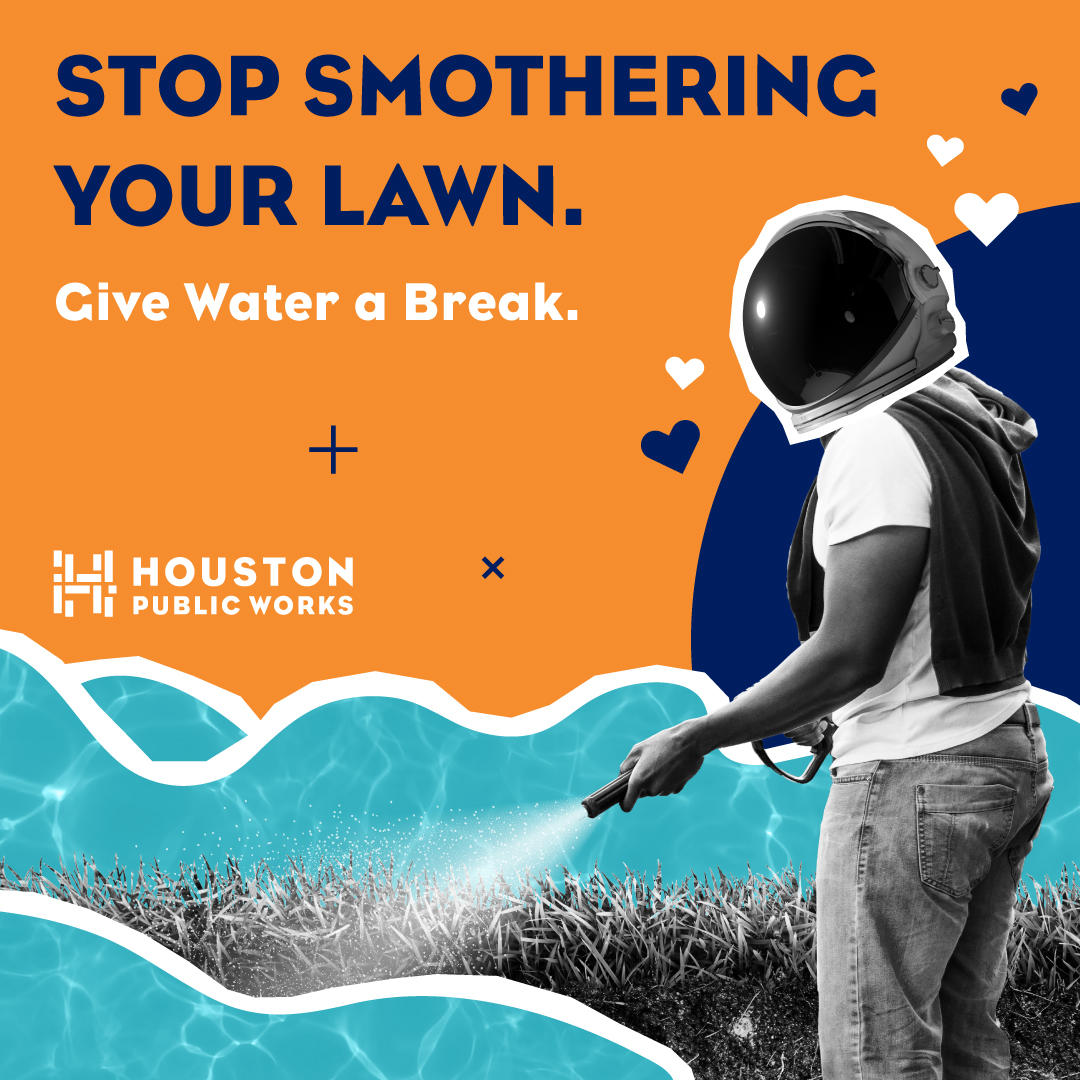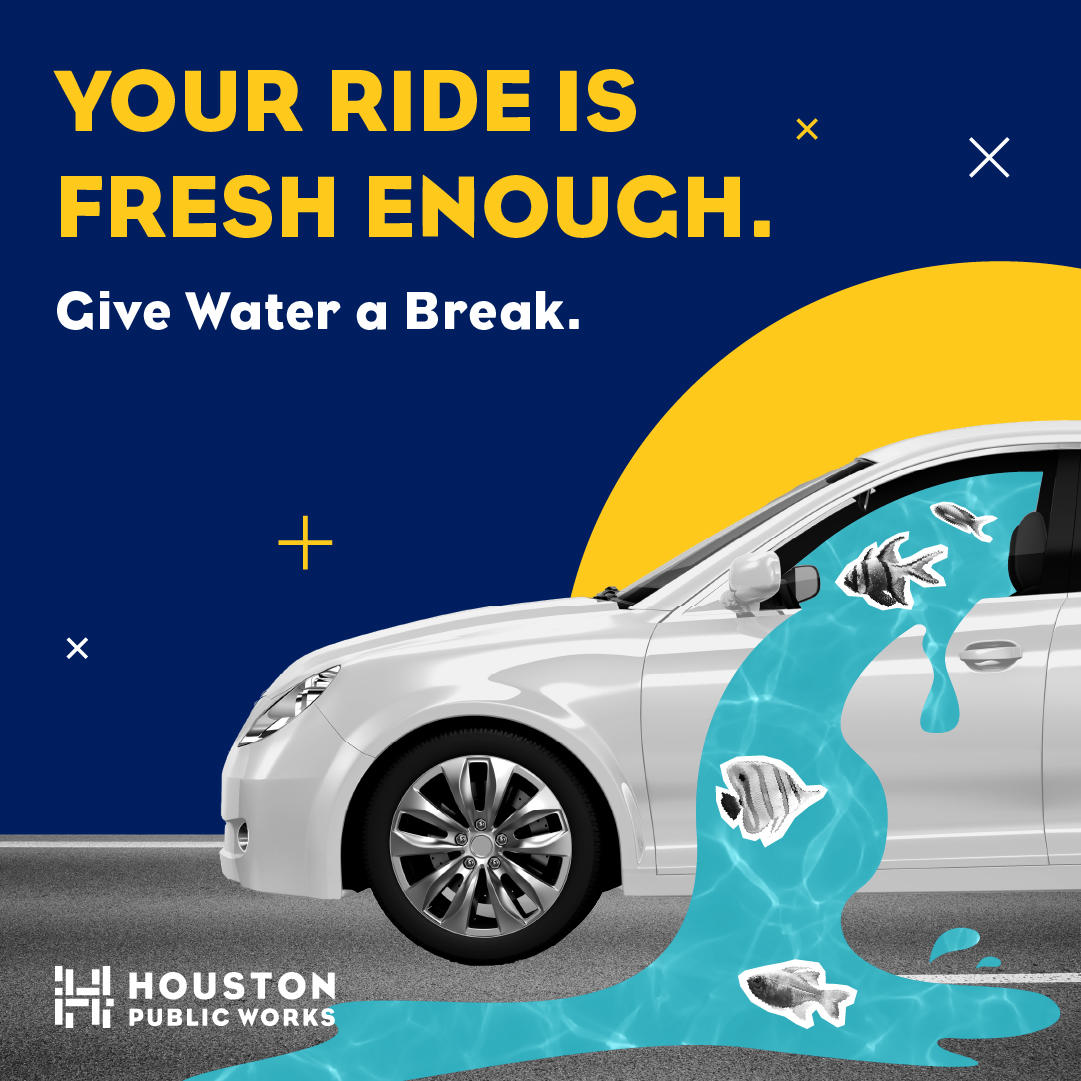
Conserving Water
Outdoor Water Conservation Tips
Effective tips to help you save water and reduce your water bill!
Irrigation
- Time It Right: Water only when your yard needs it and at night to minimize evaporation.
- WaterMyYard.org app: Its Free!!!! The app provides watering recommendations based on the weather, your location, and your irrigation system.
- Avoid over-watering: If you see water running off into the street or sidewalk, it may indicate misaligned sprinklers, over-watering, or already saturated soil.
- Install Rain Barrels: Collect rainwater from downspouts and use it to water your lawn or garden.
- Drip Irrigation: Use drip irrigation or soaker hoses to target plant roots directly.

Landscaping
- Choose Native Plants: Use native or adapted-to-the climate plants. Visit the Houston Chapter of the Native Plant Society webpage: https://npsot.org/wp/houston/go-native/ for more information
- Use Mulch: Apply mulch around plants to retain soil moisture and reduce watering needs.
- Mow High: Set your mower blade to a higher setting. Taller grass helps retain moisture and reduces evaporation.
- Aerate Regularly: Aerate your lawn to improve water penetration and reduce runoff.
- Check for Leaks: Inspect hoses and connections regularly for leaks and repair them promptly.

Other Ways to Save
- Use a Car Wash: Use a commercial car wash that recycles water.
- Use a Broom Not a Hose: Use a broom to clear debris from walkways and driveways instead of hosing them down with water.
- Pool Covers: Use a pool cover. Pool covers reduce evaporation.
- Washing Pets: Wash your pets outdoors, in an area of your lawn that needs water.
- Call 311 to Report Leaks: Call 311 to report leaks in fire hydrants, plumbing, or other public facilities so that they can be repaired.

